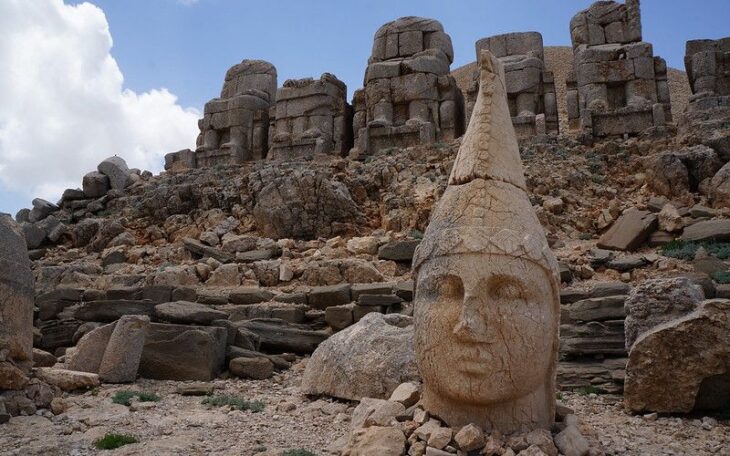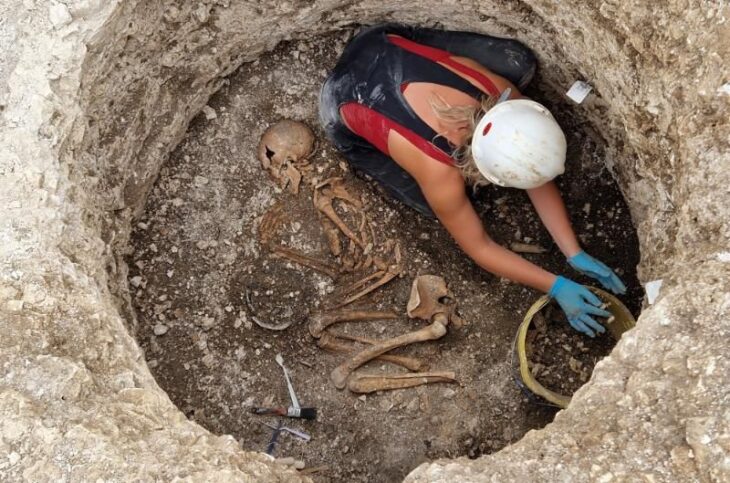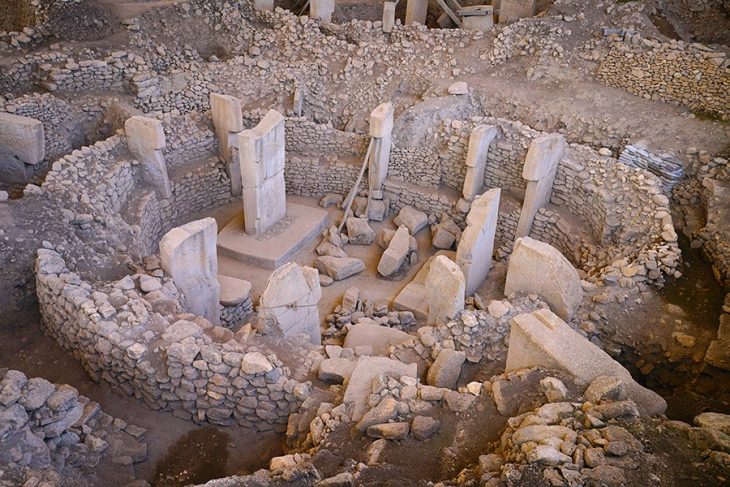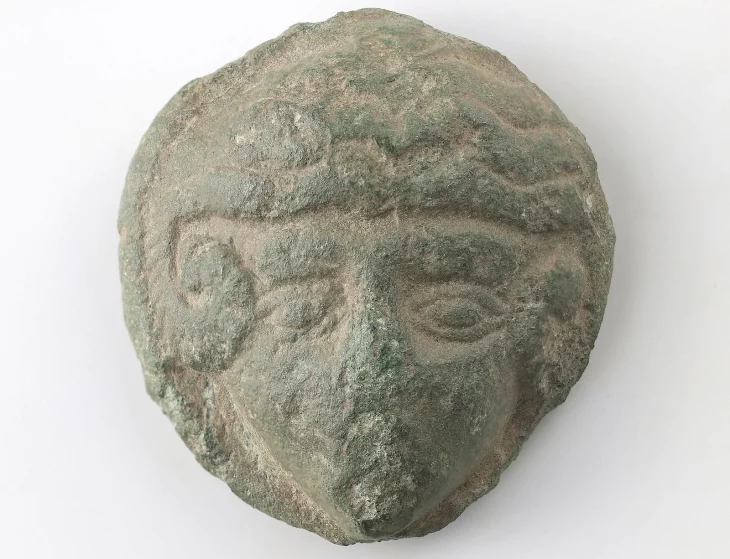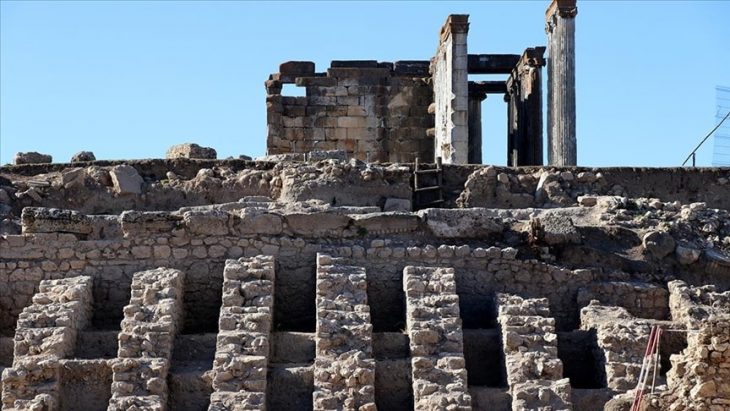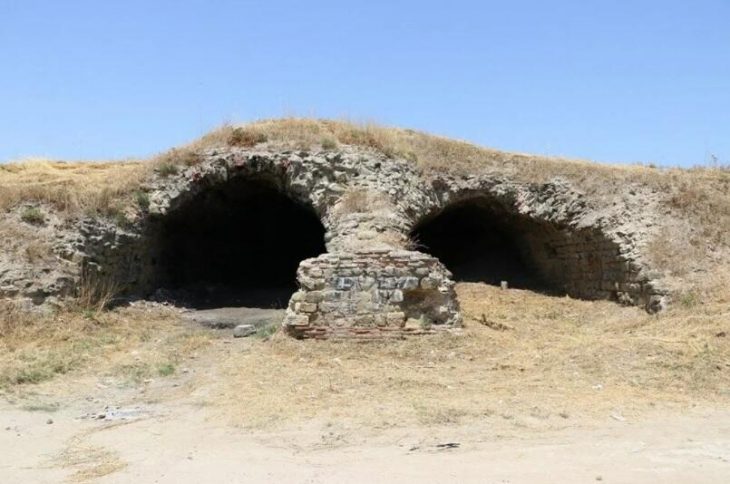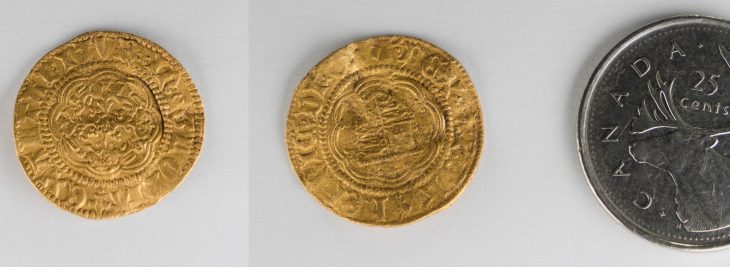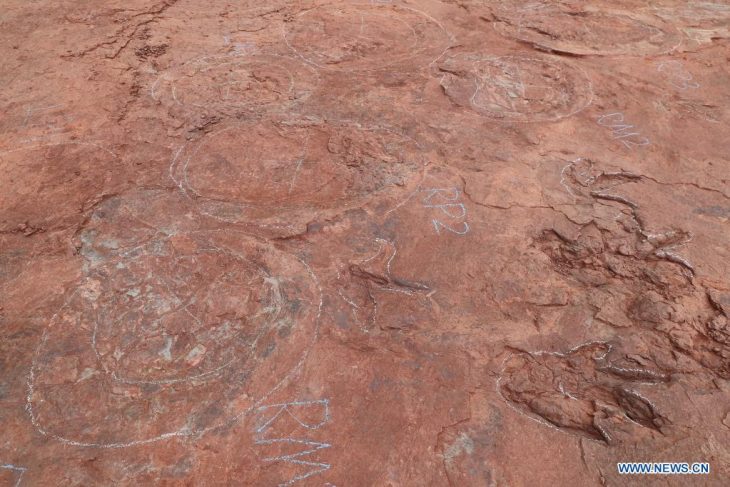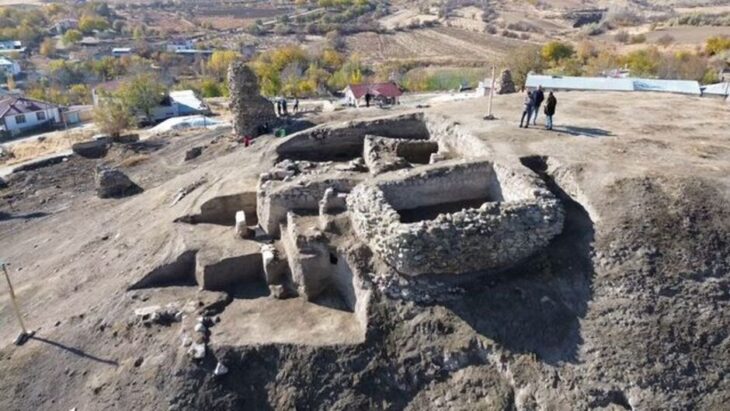Towering over the Atlas Mountains, Mount Toubkal is the highest peak in Morocco. Toubkal, the highest mountain in all of North Africa and the Arab world with its height of 4167 meters in Morocco, means “The Peak You Can See Everything” in the Berber language. According to the belief, the King of the Ginn, Sidi Shemharus, lives on this mountain.
Morocco is one of the favorite destinations of tourists with its different culture, deserts, and mountains. Among all these, the place of Sidi Shemharus, the King of the Ginn, is the most interesting and creepy. This is a pre-Islamic sanctuary located at an altitude of 2350m, 5km north of the summit of Jebel Toubkal.
Morocco is a geography where sorcery -magic works are quite common. In folk legends, Moroccan women are advised not being looked at too much into their eyes. Mount Toubkal, a few kilometers from Marrakech, is also a place that feeds on magic-related mysteries and is believed to be the place of Shemharus, the king of the Ginn.

This mountain peak, consisting of volcanic rocks and surrounded by the Lac d’Ifni, Tizi n’Ouanoums and Tizi n’Ouagane passes, can be reached by going from Marrakech to Imlil. There are here traces of Amazig/Berber culture that has lived for thousands of years.
Tomb of the Ginn king
The most interesting legend about Toubkal; It’s about the Berbers believing that this place has always been very strongly connected with the sacred. This is considered to be the burial place of Sidi Shemharoush, the king of the Ginn.
According to their beliefs, the Ginn king Sidi Shemharus lived on the slopes of the mountain here in old times. Over time, the place where he lived was turned into a mausoleum. A small village was established at an altitude of 2350 meters just around the living area, which is symbolized by a white-painted rock.
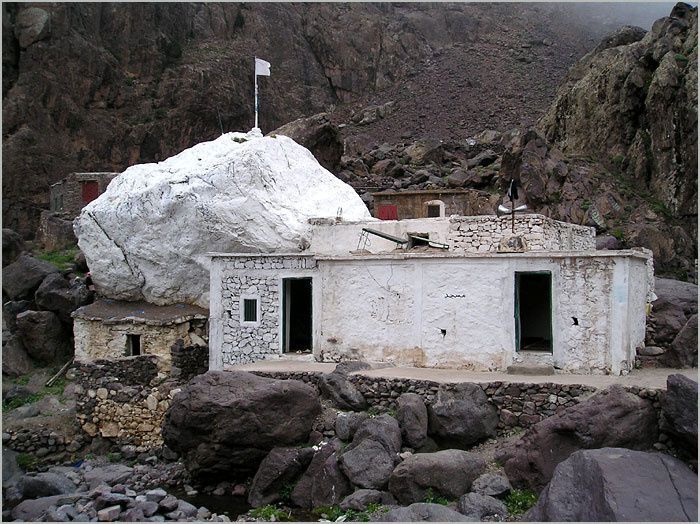
Morocco has been a place where sorcery and magical works have had a very strong presence since pre-Islamic times. Sidi Shemharuş became a visiting place site that started before Islam and continued to exist after. This is a place that has been fully attributed to ginn since its establishment.
People have been coming here for hundreds of years to treat their unexplained ailments. Sidi Shemharoush’s presence has always been kept alive with thousands of people visiting him, taking a vow, and seeking healing.
With the arrival of Islam in Morocco, Sidi Shemharoush was seen as the “Great Genie” among the Arabs who settled there, while maintaining its positive perception among the Berbers. A masjid was built next to it to symbolize the bond between humans and jinn and to make Toubkal even more legendary.
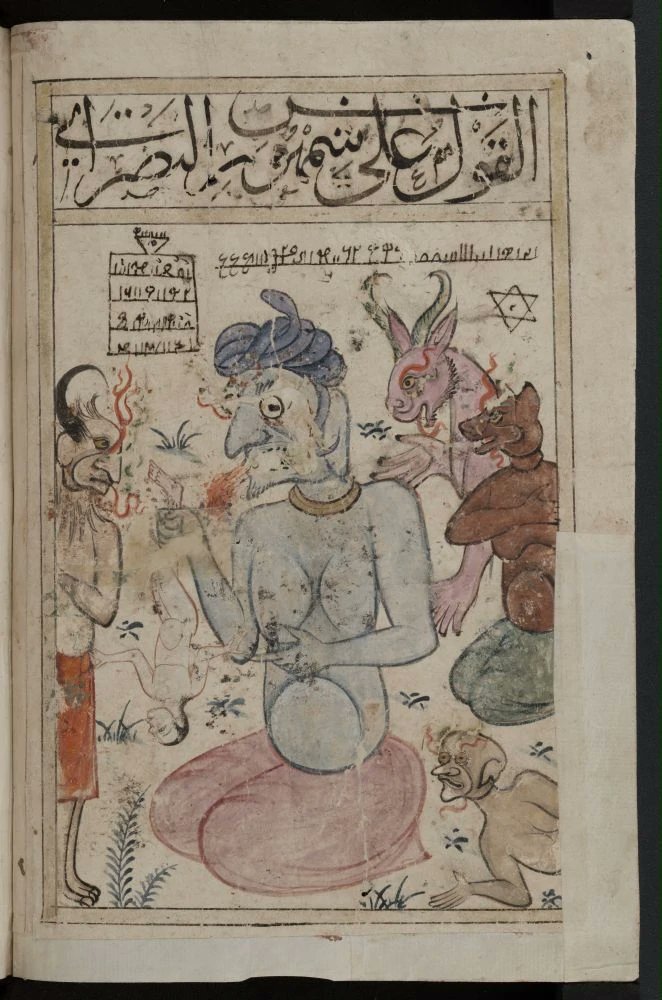
Sidi Shemharoush is revered as a saint by many prominent figures in some parts of Morocco. His tomb was built in the pre-Islamic period. He has a kind of shrine carved under a huge rock, said to contain his remains. It was also Islamized with the mosque built after Islam.
Sidi Shemharoush is said to have a complex communication network similar to a river with a thousand branches. With this river-like net, the king’s messages were carried to the jinn in the far reaches of the world. According to belief, Shemharus is still alive in his grave.
Those captured by the jinn are brought to this tomb for healing and the help of the sultan of the jinn is asked.

In local belief, it is said that Shemharus met the Prophet Muhammad, met with various companions, and even made pilgrimages. There are also some narratives on the subject in various Ottoman sources, especially Köprülüzade.
Shemharus, the King of the Ginn, is still very popular in Morocco. Throughout history, Morocco and Andalusia have been important centers of mysterious and mystical subjects, magic and sorcery. There are many manuscripts on this subject that are not accessible to the public in libraries in Morocco, Egypt, and Turkey.
The mountain of Shemharus, the King of the Jinn: Toubkal, has been prepared by the author Hasan Mert Kaya, who has written articles on the informational History of Religions, Urban Memory & Istanbul, Anatolia, and the Middle East.
For those who want to reach other information about the author Hasan Mert Kaya, you can visit @kayamerthasan_



